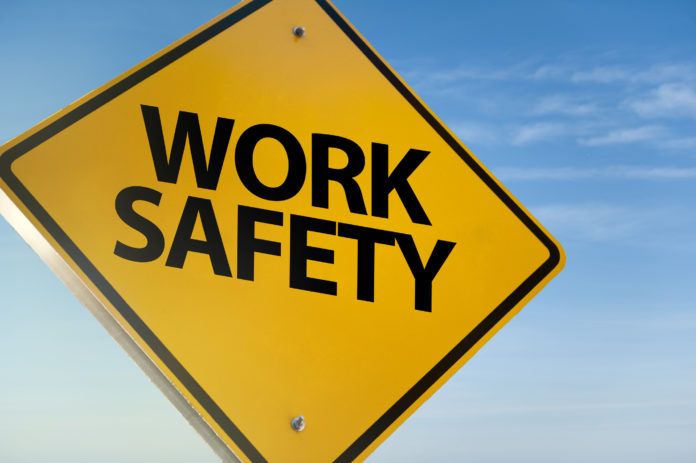Recently, I was in a workshop at a safety conference where the presenter was talking about how organizations can contribute to errors and accidents. He was describing some specific scenarios where it appears the worker was “set up” to make a mistake: The worker was given faulty equipment or an inaccurate procedure or wasn’t given critical information. It was interesting as I always appreciate it when we look at the whole of an event rather than just blaming the worker and moving on. Then the discussion got a little off track.
 The presenter described an electrocution event involving a worker trying to troubleshoot an issue with an electrical switchgear. While the switchgear was still energized, he removed a protective cover, stood on side rails of a scissor lift, took off his hardhat, and peaked inside the top area where the bus bars are located. They think he may have slipped, and his head contacted the energized bus bar, electrocuting him. The speaker characterized this as an example of a time when there was nothing the organization could have done to prevent this. They had rules about opening energized panels, standing on railings, and wearing PPE. He violated all of them, so this one’s on him.
The presenter described an electrocution event involving a worker trying to troubleshoot an issue with an electrical switchgear. While the switchgear was still energized, he removed a protective cover, stood on side rails of a scissor lift, took off his hardhat, and peaked inside the top area where the bus bars are located. They think he may have slipped, and his head contacted the energized bus bar, electrocuting him. The speaker characterized this as an example of a time when there was nothing the organization could have done to prevent this. They had rules about opening energized panels, standing on railings, and wearing PPE. He violated all of them, so this one’s on him.
I cringed a little bit. I wanted to speak up but, having given lots of presentations myself, I didn’t want to be “that guy” who challenges the speaker and messes up his flow. Fortunately, someone else in the audience had no such concern. This guy interjected, “No. This isn’t the first time the worker broke the rules; it’s just the first time it resulted in an accident. I bet he tried to troubleshoot before clearing the energy on other occasions and his coworkers and management knew it. It just worked out, and maybe saved a little time, so nobody said anything. The organization accepted that he would take risks like this, and didn’t coach it out of him, so they carry part of the blame.”
The presenter dug in a little bit with a “yeah, but…”. The audience member, seeing how his point was falling on deaf ears, let it go, lest he be “that guy.” And the rest of the audience missed the opportunity to have a valuable discussion about inadvertently condoning risky behaviors.
It’s not uncommon to hear “I know what they told you, but this is how we really do it in the field.” If the gap between work as prescribed and work as performed is left unchallenged, then that becomes our new standard. Workers know when they are working “out of scope.” They also know when they are being watched. If nothing is said, then it must be alright, and we now have a new standard. They are operating under implied consent. This will continue until the organization resets its expectations, which generally doesn’t happen until after an accident or error.
There is a great quote from the Australian Chief of the Army, Lieutenant-General David Morrison: The standard you walk past is the standard you accept. If you know there are behaviors not aligned with your standards but say nothing, then you also own the outcome of those behaviors. If you turned a blind eye because those shortcuts seemed more efficient yesterday, then don’t act shocked when those same shortcuts get someone hurt or killed today. If you see it, you own it. Take ownership of your standards and don’t let implied consent shape the status quo.
Toolbox Talks offers quick insights and thoughts to use for your toolbox (tailboard) talks. Dave Sowers is a founding member of Knowledge Vine, a veteran-owned human performance training and consulting organization that strives to reduce the frequency and severity of human errors in the workplace. He has almost 30 years of experience in power generation and the utility industry. He is a veteran of U.S. Navy Nuclear Power Program and holds a bachelor’s degree in resources management and a master’s degree in both management and emergency management and homeland security.



